One of the more controversial actions of the War of 1812 is the destruction of Washington DC. It is something that Canadians hold over the heads of our American neighbours, something we have no right to do. The fact was that the Americans in the area were used to British raids and destruction of property. The commander-in-chief of the North American Station had in 1813 proclaimed his subordinates that any American property was forfeit. But now amassed British army had a clear path to the capital, and in the aftermath of the Battle of Bladensburg the American government was hurriedly packing up shop and heading out. While Ross had won at Bladensburg, he needed some time to reorganise his troops, sort out the wounded and have a meal. But the British had no intentions of stopping for the night.
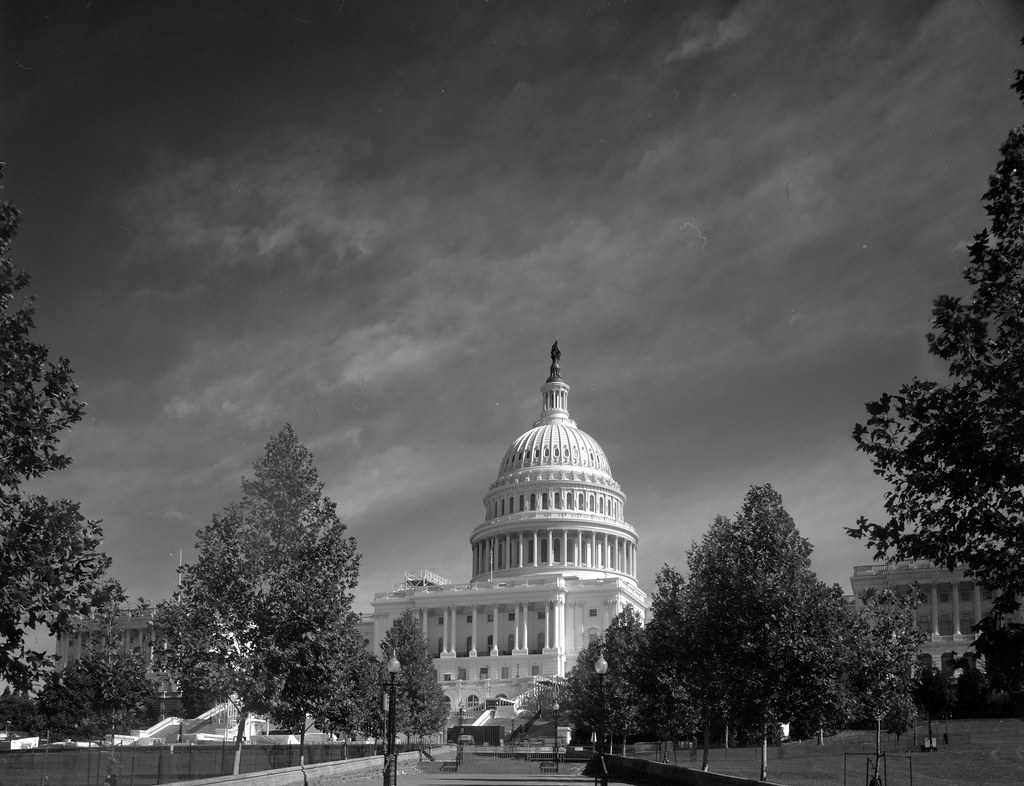
Graflex Pacemaker Crown Graphic – Fuji Fujinon-W 1:5.6/125 (Orange-22) – Adox CHS100II @ ASA-100
Blazinal (1+25) 5:00 @ 20C
President James Madison, having witnessed the American loss at Bladensburg sent a message back to the Presidential Mansion to his wife and first lady, Dolly Madison that she should leave as soon as possible. While the President made tracks for the home of his friend Caleb Bently in the village of Brookeville, Maryland. Dolly tried her best to organise an escape with some of the treasures found. But it was efforts of two servants of the house, Jean Sioussat, and Paul Jennings that preserved many of the home’s treasures. Ahead of the column Ross and Cockburn, under a flag of truce, entered the city unopposed. Even an effort by Winder and Armstrong to form a line of defence had failed as the militia had fled to defend their homes. Only a small force was left, and they upon seeing the British officers opened fire, despite the flag of truce. That little action was enough to set the British fury alight. Without a formal surrender that Ross and Cockburn had been seeking the city was fair game.
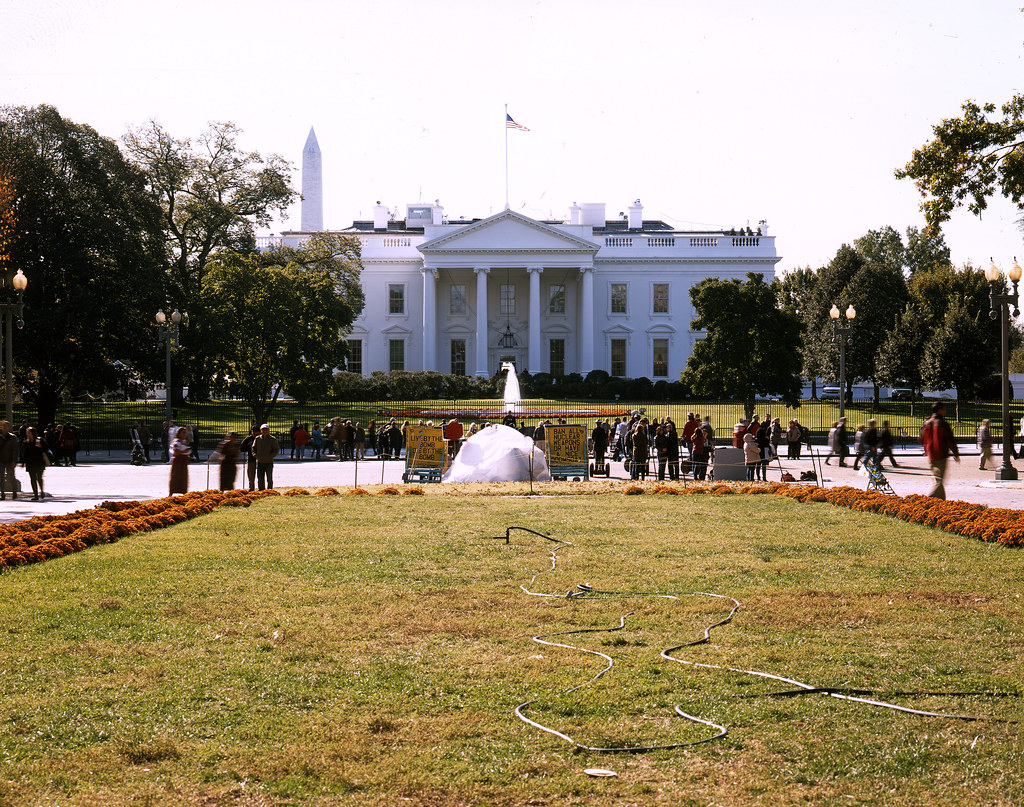
Pacemaker Crown Graphic – Schneider-Kreuznach Symmar-S 1:5.6/210 – Fuji Provia 100F @ ASA-100
Unicolor Rapid E-6 Kit
The first building to be destroyed was that in which the small American force was occupying. Pioneers and Sappers set it ablaze and then turned their eyes on the only building of note in the city. The US Capitol was still partially under construction and served as the next target. Finding it hard to light the stone building on fire the troops pillaged the senate and house chambers and piled the wooden furniture in the middle. Using powder from Congreve rockets started the fire. The whole building was ablaze, a deadly beacon in the night. The fire spread to the Library of Congress and the Supreme Court. The Presidential Mansion, today is known as The White House, was next on their list. With the treasures gone, the British troops repeated their actions and using the furniture set the building on fire. The War Department, State Department, and Treasury building were all next to go up in flames. A local newspaper, the National Intelligencer, was saved from the torch but Cockburn, having been slandered by the paper, ordered the building torn down brick-by-brick. The historic Washington Navy Yard was set alight to prevent the capture of supplies by the US Navy officers present. An attempt to seize some powder located outside the central city resulted in an explosion and death of several British soldiers. Within several hours almost all public buildings were on fire. The superintendent of the US Patient Office stepped in, many of the records from the patient office remained inside, and he convinced the British troops to spare the building. They agreed, and it remained unfired. A sudden storm blew through the city less than 24 hours after the destruction began torrential rains and the wind doused the blaze and forced Ross to retreat to the fleet.
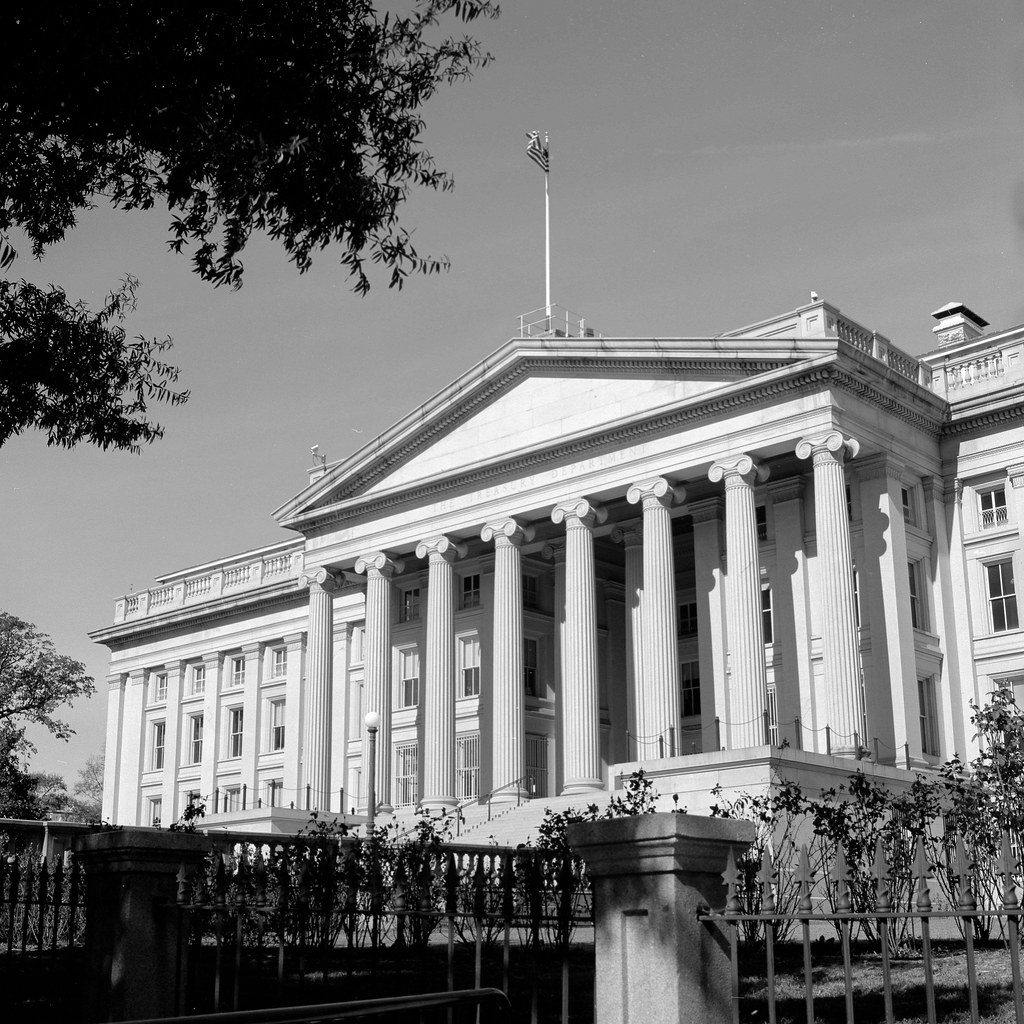
Hasselblad 500c – Carl Zeiss Planar 80mm 1:2.8 – Kodak TMax 100 (TMX) @ ASA-100
Blazinal (1+25) 6:00 @ 20C
But the damage was done, much of the city was in ashes. All that remained of the Presidential Mansion and the US Capitol was flame-scarred walls. Ross’s decision to burn the city saw criticism by both American and British Officials because such acts are commonly prevented by terms of surrender. During the American occupation of York, most of the destruction of the city had been carried out before Dearborn signed the surrender order. In Washington’s case, no terms were ever discussed, and when Ross actively entered the city to find an official, he was fired upon instead. But many citizens in the British Empire and especially up in Canada were pleased when news of the US Capital’s destruction reached them. Reverand John Strachan went so far as to write a letter to former US President Thomas Jefferson rubbing his nose in the action. President Madison and the rest of the US Government returned on 1 September, Madison proclaiming that the local population should come back and defend the capital. Many in the government believed in the face of the attack the capital should be moved and rebuilt elsewhere. A bill that was quickly defeated. Reconstruction of the city would be slow; the Capitol would meet briefly in the patient office before the Old Brick Capitol was completed. The Presidential Mansion and Capitol would both be completed by 1818.
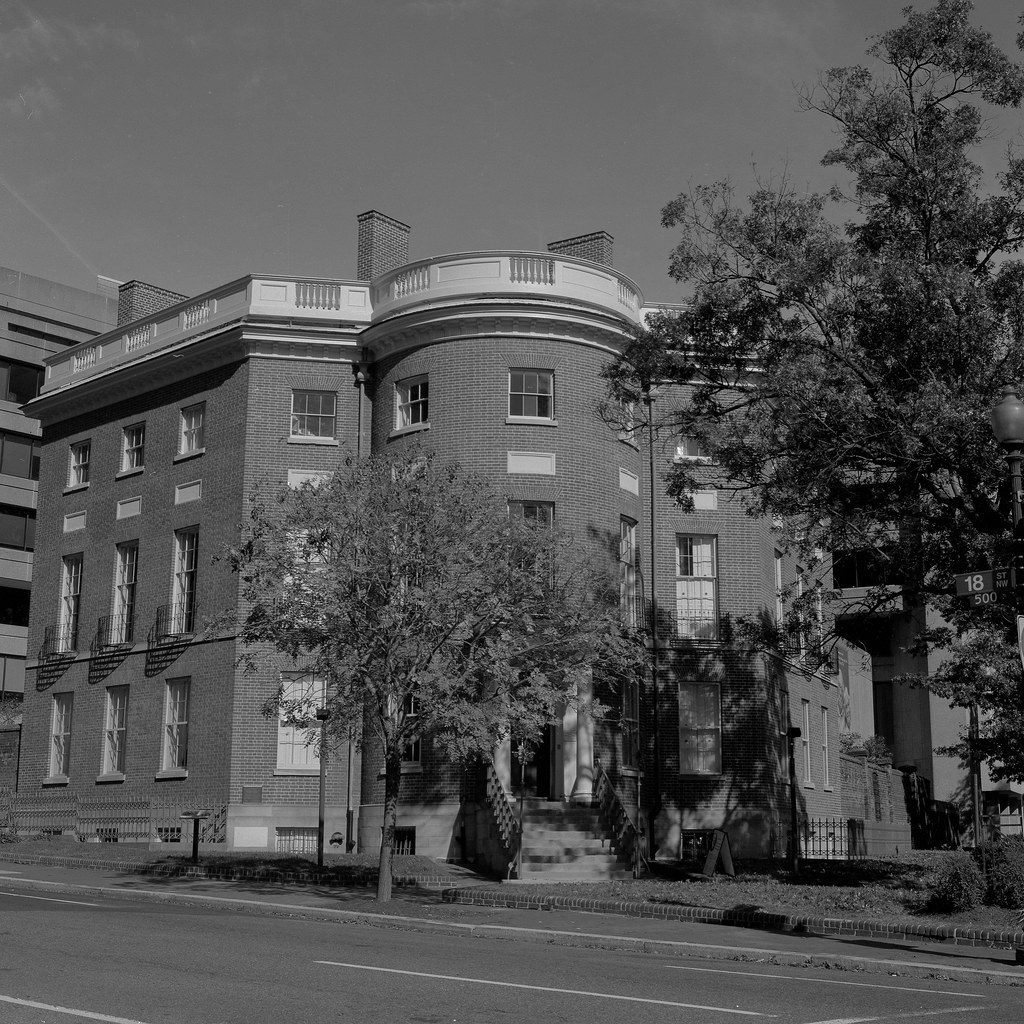
Hasselblad 500c – Carl Zeiss Planar 80mm 1:2.8 – Kodak TMax 100 (TMX) @ ASA-100
Blazinal (1+25) 6:00 @ 20C
Today Washington DC is a thriving metropolis, the only two buildings that remain from the War of 1812 period is the US Capitol and the White House. For the White House, you can still see some surviving scars from the burning of 1814. Many of the other buildings that were destroyed have been rebuilt and demolished over the 200 years since. Today you can see some artefacts relating to the War of 1812 at the Museum of American History, part of the Smithsonian, although the Octagon House Museum where Madison set up the Executive Branch is a better choice as you can see both the Treaty Room and his Desk on which he conducted business.
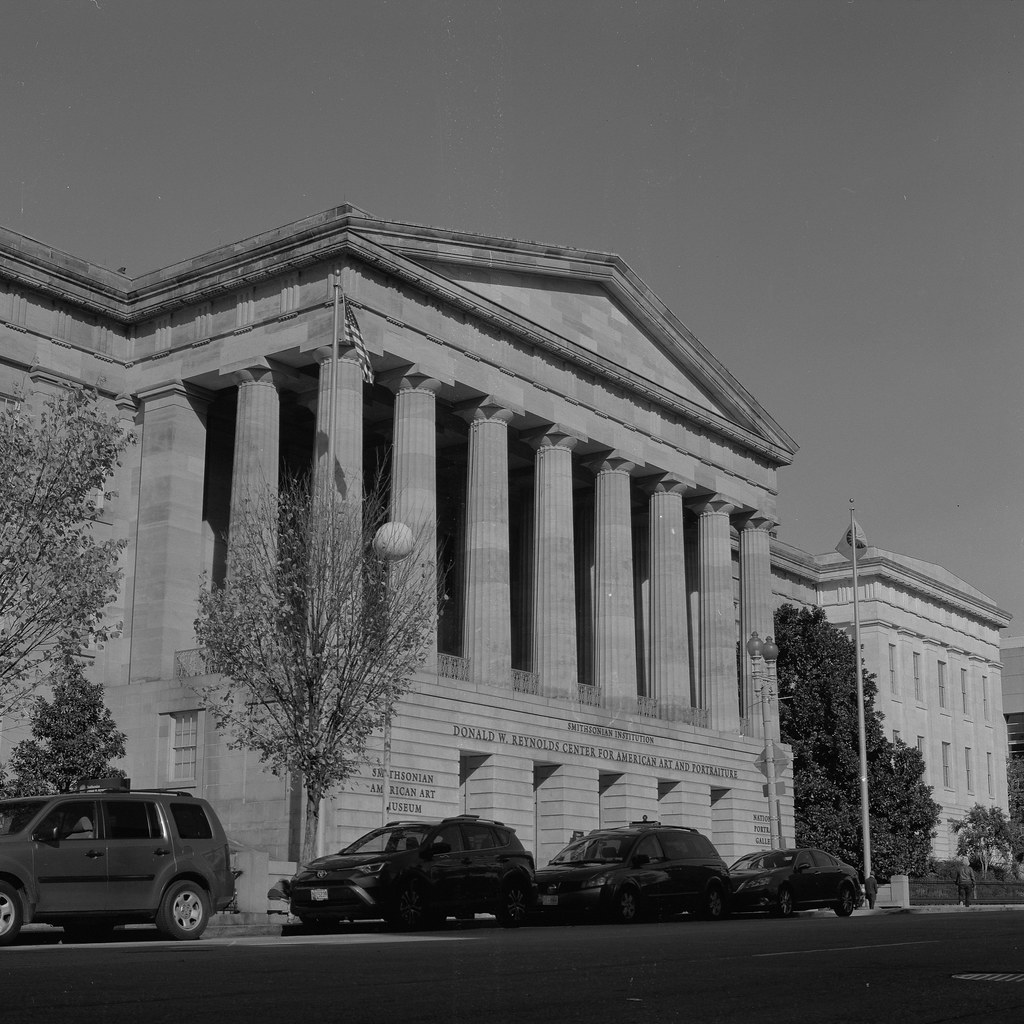
Hasselblad 500c – Carl Zeiss Planar 80mm 1:2.8 – Kodak TMax 100 (TMX) @ ASA-100
Blazinal (1+25) 6:00 @ 20C
Written with Files from:
Collins, Gilbert. Guidebook to the Historic Sites of the War of 1812. Toronto: Dundurn, 2006. Print
Hickey, Donald R. Don’t Give up the Ship!: Myths of the War of 1812. Urbana: U of Illinois, 2006. Print.
Hickey, Donald R. The War of 1812: A Forgotten Conflict. Urbana: U of Illinois, 1989. Print.
Lossing, Benson John. The Pictorial Field-book of the War of 1812 Volume 2. Gretna, LA: Pelican Pub., 2003. Print.
Berton, Pierre. Flames across the Border, 1813-1814. Markham, Ont.: Penguin, 1988. Print.
McCavitt, John, and Christopher T. George. The Man Who Captured Washington: Major General Robert Ross and the War of 1812. Norman: U of Oklahoma, 2016. Print.